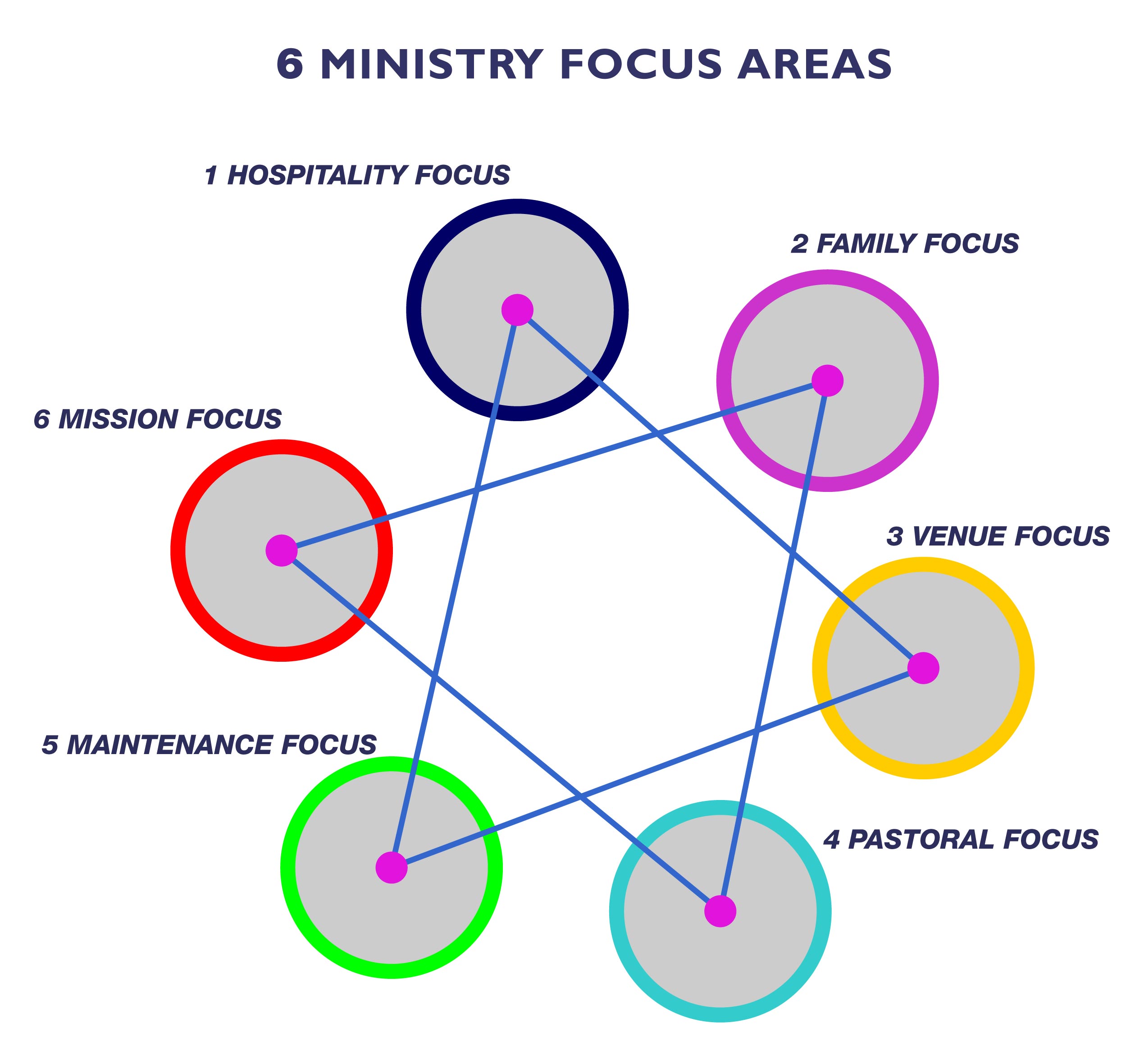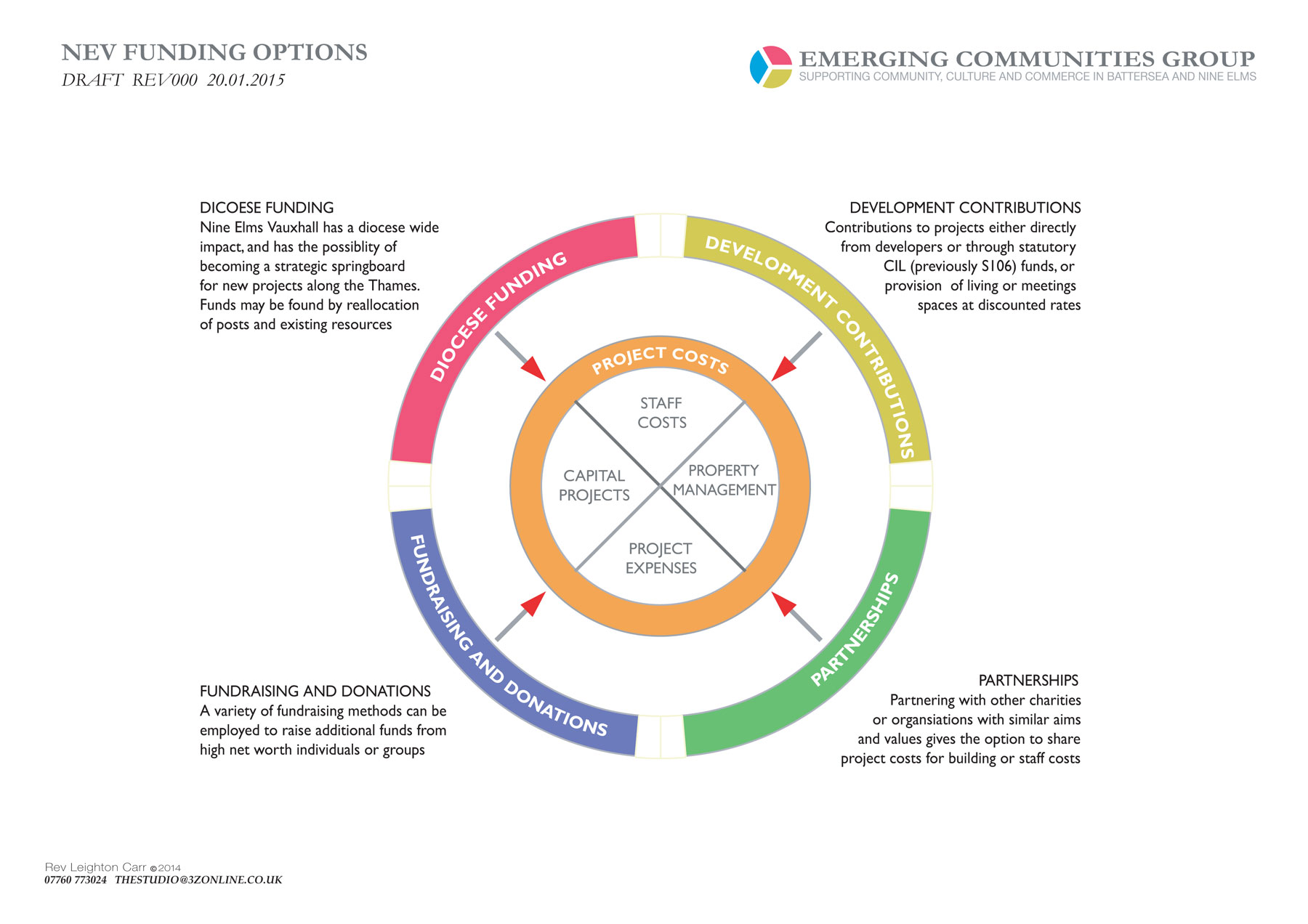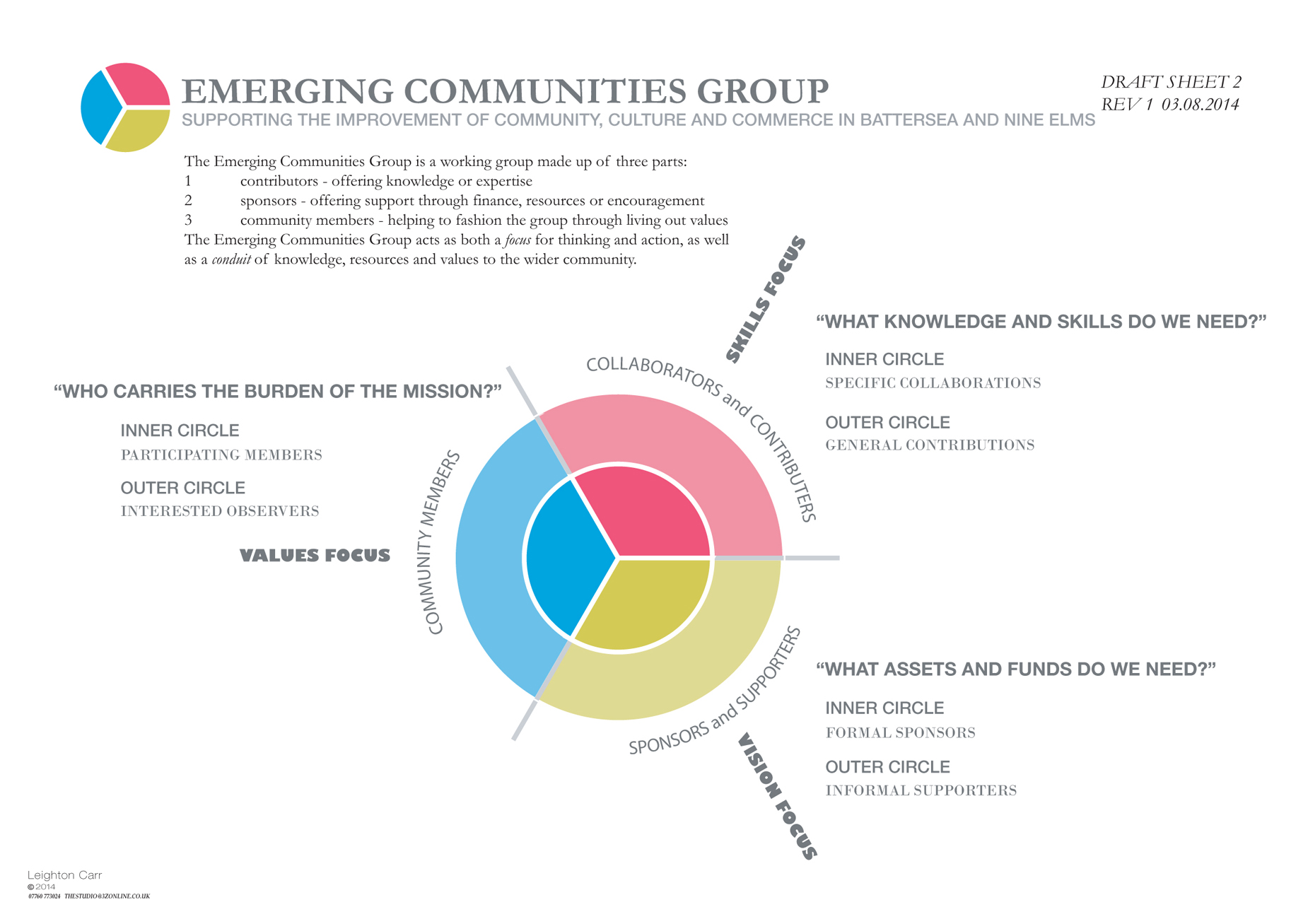A recent move forward in our church building programme forced us to backtrack for a moment (ironically) and ask the question:
How should we consult nearly 700 people on the church data base and an additional 100 or so regular attendees about what they think of the existing buildings?
The complexity became obvious very quickly:
30 or so ministries are split into teams around four main Sunday services and a couple of dozen midweek activities using any one of over 30 rooms. Some groups support main activities and some deliver main content. We have (it turns out) a tea towel rota, which I suppose is obvious (it can’t be fairies or angels) and a grass cutting rota, as well as rotas for preaching, music, food, hosting, and on and on …
This sprawling mass of people loosely formed around ad hoc lists of dates, times and telephone numbers didn’t help us shape an effective consultation, so first we had to design a simple structure to contain the information. To be more accurate, we added design to what was already practically happening, grouping ministries under appropriate headings. The diagram below is my simple solution – 6 ministry areas based on FOCUS.
This sort of thinking is not only useful for large churches I’m sure – many small organisations and churches need to manage complexity – and I’d be interested to know how others manage ministry areas … something for future research.



